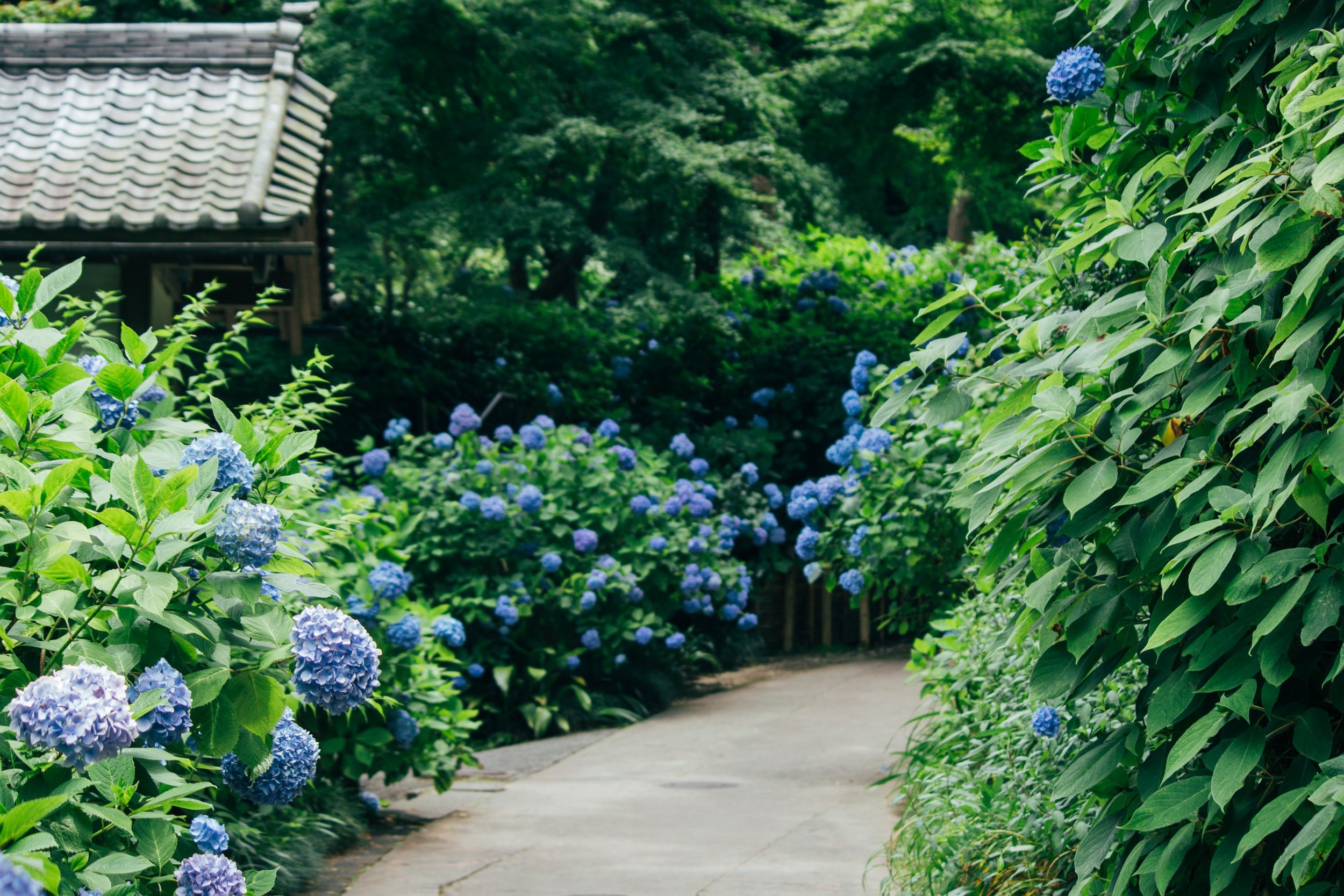Not known Details About Hydrangea Leaves Turning Yellow
Wiki Article
Facts About Hydrangea Leaves Turning Yellow Uncovered
Table of ContentsThe Facts About Hydrangea Leaves Turning Yellow UncoveredHydrangea Leaves Turning Yellow Things To Know Before You BuyThe 4-Minute Rule for Hydrangea Leaves Turning YellowThe Ultimate Guide To Hydrangea Leaves Turning Yellow
One possibility is that the plant is not obtaining enough sunlight. During the wintertime months, the days are much shorter, and the sunlight is not as extreme, so ensure to position your Hydrangea in a place where it will obtain at the very least six hours of sunlight daily. One more factor for Hydrangea yellow leaves in winter season might be way too much water.The leaves may be turning yellow due to temperature anxiety (Hydrangea Leaves Turning Yellow). Hydrangeas like cooler temperatures, so if the plant is in a place that gets too warm or too cold, the leaves will turn yellow. If you think temperature level tension may be the problem, attempt moving your Hydrangea to a different area or safeguarding it from the elements with a burlap cover
New development will certainly be observed in early springtime, when you'll see green vegetation sprouting from stems that might have appeared dead. If your leaves are turning brown in springtime or summer, there are most likely other factors at play. The exact reasons rely on the range and their expanding conditions, however as a whole, brownish hydrangea leaves are an indicator of dehydration and wilting in the heat.
In the springtime when the mercury remains reasonably low, they'll do great. When points warm up over the summer season nevertheless, time spent in the early afternoon rays can create unknown damage.: Expand your hydrangeas in an area where they'll obtain sunshine in the mornings or nights, however not during the peak hours.
How Hydrangea Leaves Turning Yellow can Save You Time, Stress, and Money.
Wilting is created by lack of wetness, indicating there are a few great techniques to utilize to avoid this from occurring. Provide your hydrangeas a healthy glug of water every couple of days when the temperatures are climbing up high, and treat the soil to better maintain dampness. Hydrangea Leaves Turning Yellow. After sprinkling, a dab of mulch around the base of each plant ought to assist with this by maintaining moisture in the soilThis disrupts fungis spores from working out. "The Botrytis fungus grows in awesome and damp conditions, so stay clear of showering the entire plant when sprinkling and just water at the roots," shares Roy Nicol, a Master Green thumb. If you've missed out on the opportunity for prevention and are handling an infection you need to get rid of all dead or badly infected fallen leaves from the plant and destroy them to protect against more spread.
As a basic rule of thumb, we advise eliminating leaves when they are 50% brown or higher. While browning brought on by any reason can not be reversed, taking the rehabilitative activity explained above will motivate the check plant to grow new fallen leaves so the damaged fallen leaves either drop off normally or can be gotten rid of by the gardener.
Hydrangeas need to be watered just when the top couple of inches of soil are dry, and need to be offered a detailed saturating each time. Underwatered hydrangeas are likely to have yellow, wilting, and sagging leaves. Increase the frequency and quantity of watering for your bush to aid fix this issue. Hydrangeas favor rather damp (yet not soggy) dirt, so provide the origins a great saturating and allow water to be absorbed right into the soil prior to applying more.
Not known Details About Hydrangea Leaves Turning Yellow
The means you repair hydrangea leaves turning yellow relies on the essential concern causing the yellow leaves. This can be hard to determine, yet once you do you will certainly have the ability to readjust your plant treatment accordingly to care for the trouble. As discussed previously, an usual concern with hydrangeas is vitamins and mineral shortages.
Alternatively, you can purchase and set up easy watering globes. Watering worlds hold water in them and slowly launch this water into the soil as the ground ends up being dry. Merely fill up the world with water, stick the spout right into the dirt within the root zone near the base of the plant, and leave it in location until all the water is gone.

The Single Strategy To Use For Hydrangea Leaves Turning Yellow
To avoid spreading out fungal conditions, make sure to thouroughly tidy and disinfect any type of trimming devices before and after use (Hydrangea Leaves Turning Yellow). Ultimately, you can try to purge the origins with water to eliminate excess fertlizer.
Your hydrangea plant chooses well-drained, wet soil. If the pot has inadequate drainage, or your dirt is swamped, the fallen leaves will certainly begin to turn yellow. Overwatering makes the dirt soaked. Swamped and soaked soil can cause stunted development, fallen leave discoloration, and, worst of all, rot fungal conditions. Even though over-watering can be harmful, under-watering is not an option either.
If you do not water your hydrangea plant for even more than a week, the fallen leaves will certainly start turning yellow. Fungal conditions that assault the plants have a tendency to show indications on the origins and the fallen leaves of the plant.
Origin rot takes place when pathogens occupy the origin cells as hosts and stop the cell from working. Otherwise looked after, this illness can eventually lead to the plant passing away. Fallen leave area is one more fungal illness that can target hydrangea. It causes the fallen leaves transforming yellow and the look of brownish and purple areas on the fallen leaves.
Report this wiki page